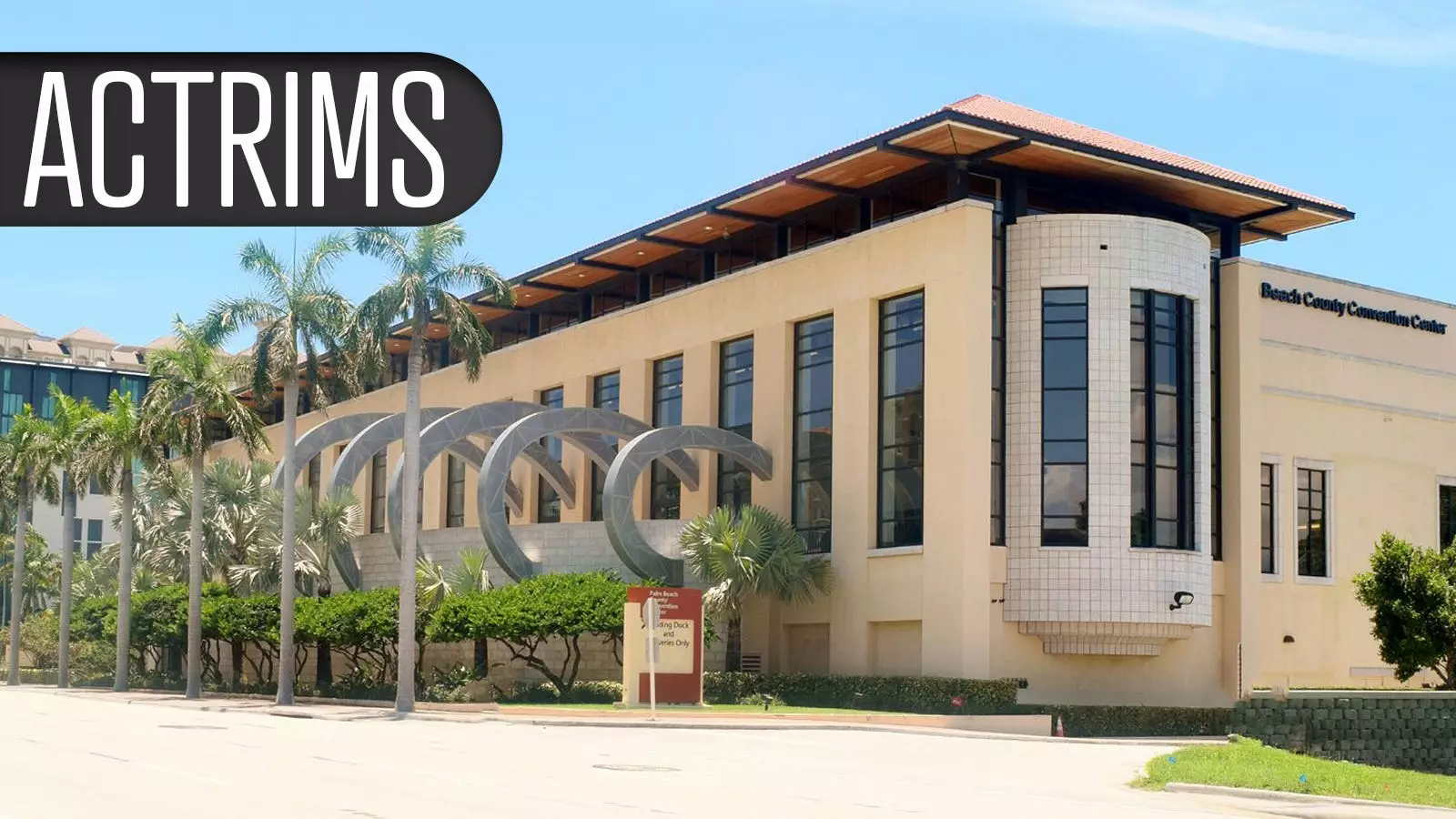A study conducted by Jeffrey Cohen, MD, at the Cleveland Clinic in Ohio, presented at the Americas Committee for Treatment and Research in Multiple Sclerosis (ACTRIMS) forum, highlighted the stable or improved disease activity measures for patients with relapsing multiple sclerosis (RMS) undergoing 7 to 8 years of continuous treatment with ozanimod (Zeposia). Regardless of age category, the adjusted annualized relapse rate was maintained below 0.2 in the phase III trials along with the DAYBREAK open-label extension. Cohen emphasized that patients across different age groups experienced consistently low rates of relapse while on ozanimod, indicating its effectiveness in managing RMS symptoms over an extended period.
Patients who were continually treated with ozanimod, an oral sphingosine 1-phosphate (S1P) receptor 1 and 5 modulator, demonstrated lower relapse rates compared to those who initially received interferon beta-1a before transitioning to ozanimod. The transition to ozanimod for patients in the open-label extension enabled them to catch up with individuals who had been on the medication throughout the phase III trials and the extension period. Additionally, the presence of gadolinium-enhancing lesions remained limited, averaging only 0.6 per scan during the extension study. Cohen also noted a reduction in the number of new or enlarging T2 lesions per scan as patients aged, suggesting a potential decline in immune activity with aging that could influence disease progression.
Ozanimod received approval for treating RMS in 2020 based on results from the SUNBEAM and RADIANCE trials, showcasing its superiority in reducing relapse rates compared to interferon beta-1a. Patients completing these trials were offered the opportunity to participate in the DAYBREAK extension study, where long-term treatment outcomes were assessed. Cohen and his team reported that treatment with 0.92 mg ozanimod effectively controlled disease activity for an average of 60.9 months, with some patients receiving treatment for up to 117.2 months. The medication demonstrated sustained efficacy with a low annualized relapse rate of 0.098, minimal new or enlarging T2 lesions, and a low number of gadolinium-enhancing lesions, reinforcing its long-term safety and effectiveness in managing RMS.
The study findings provide reassurance to healthcare providers, particularly when treating older patients with ozanimod for extended periods. Patrick Vermersch, MD, PhD, of University Hospital Lille in France, highlighted the importance of monitoring infection risks in older patients receiving long-term immune-modulating therapy. However, the DAYBREAK study did not observe a significant increase in infection rates among older patients, indicating the medication’s safety profile. The consistent safety outcomes complemented the established safety profile of ozanimod, further supporting its preference over traditional treatments like interferons or glatiramer acetate.
The study on the efficacy and safety of ozanimod in RMS patients over a decade of treatment underscores its effectiveness in maintaining disease stability and minimizing disease progression across different age groups. The sustained efficacy and safety profile of ozanimod emphasize its potential as a preferred treatment option for long-term disease management in RMS, offering clinicians a valuable therapeutic strategy for improved patient outcomes.

Leave a Reply